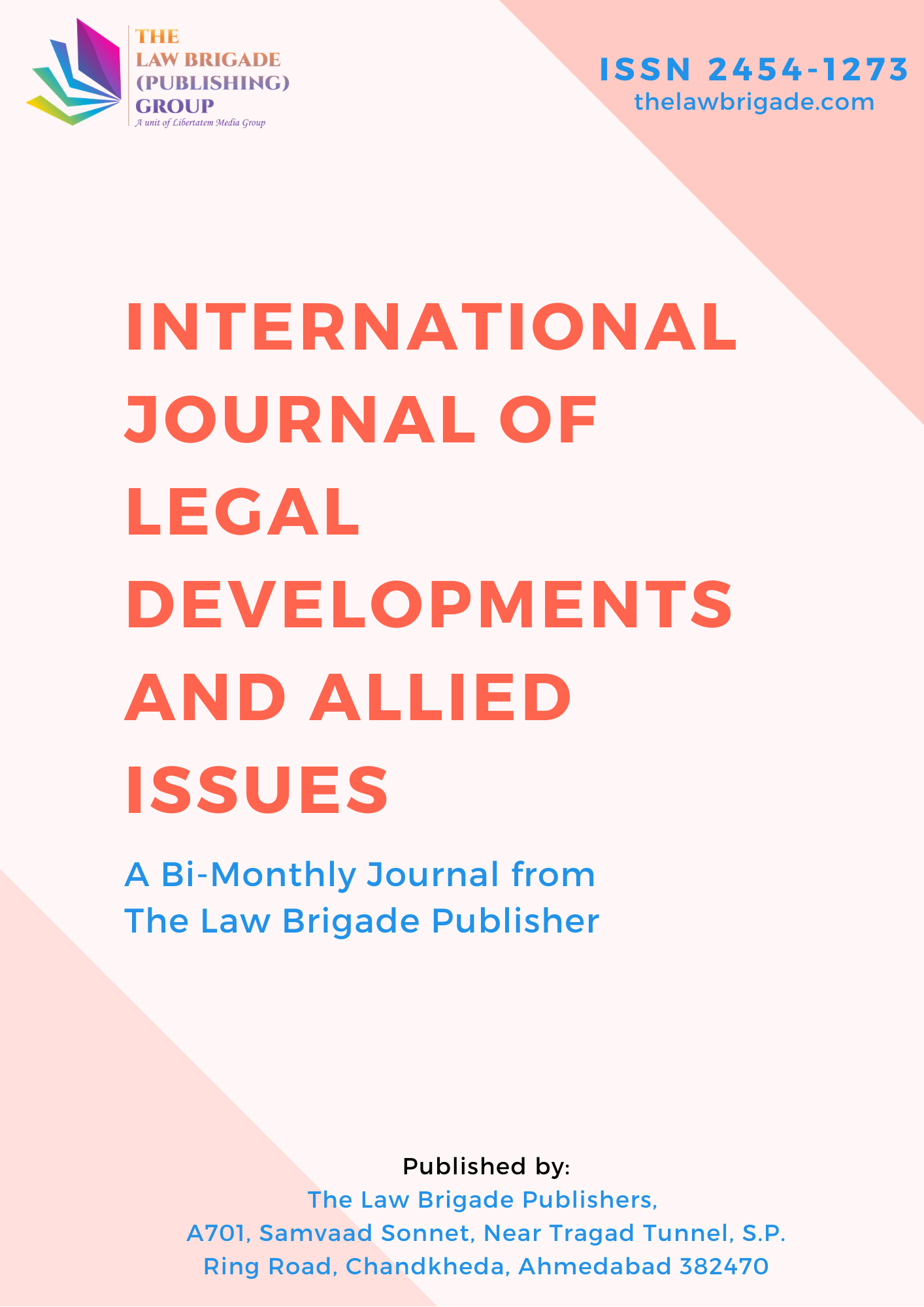The Insolvency and Bankruptcy Code, 2016 became effective in May 2016 after receiving final presidential approval. The IBC is a complete code that acts as the focal point for all insolvency procedures. It was created to address the concerns about subpar loans that the Indian banking industry had. Previously, there was a lot of pending litigation regarding insolvency proceedings because of the protracted, years-long legislative process. But after the IBC was put into operation in 2016, the procedure has significantly improved in terms of both investor friendliness and cost-effectiveness. The regulation attempts to safeguard the interests of small investors by enabling recovery. The company must complete the insolvency procedure within 180 days of the process’s beginning, and recovery proceedings under the IBC may be initiated by either the debtor or the creditor. Financial creditors and operational creditors are two separate types of creditors recognized by the IBC. Most of the company’s creditors are simply under contractual or financial obligations to it, such as via loans or debt security. Among the operational creditors are the government, contractors, and employees. By designating them as Operational Creditors under IBC, the Insolvency and Bankruptcy Code, 2016, has worked to strengthen and advance the position of the Company’s suppliers and service providers since its establishment. But unhappily, over time and as a consequence of multiple judgments, operational creditors’ positions have become worse, especially in terms of their chances of receiving payment via the Corporate Insolvency Resolution Process. Several court decisions, committee recommendations, and legislative changes have all addressed the issue of giving operational creditors the same status as financial creditors. In this study, we will carefully examine the situations of operational creditors. The first part of the article will discuss who qualifies as an operational creditor. In the second segment, we’ll look at how operational creditors are affected by CIRP and liquidation. Thirdly, it will address various situations pertaining to the debate over whether operational creditors should be treated equally to financial creditors. Lastly, the paper figures out how operational creditors are treated under the IBC.
Position of Operational Creditors: In Regard to CIRP and Liquidation
Publication Information
Journal Title: International Journal Of Legal Developments And Allied Issues
Author(s): Avinash Kumar
Published On: 19/04/2023
Volume: 9
Issue: 2
First Page: 15
Last Page: 34
ISSN: 2454-1273
Publisher: The Law Brigade Publisher
DOI: doi.org/10.55662/IJLDAI.2023.9202
Cite this Article
Avinash Kumar, Position of Operational Creditors: In Regard to CIRP and Liquidation, Volume 9 Issue 2, International Journal Of Legal Developments And Allied Issues, 15-34, Published on 19/04/2023, doi.org/10.55662/IJLDAI.2023.9202 Available at https://ijldai.thelawbrigade.com/article/position-of-operational-creditors-in-regard-to-cirp-and-liquidation/
Abstract
Keywords: Creditor, Insolvency, Resolution, Liquidation, Obligation.





